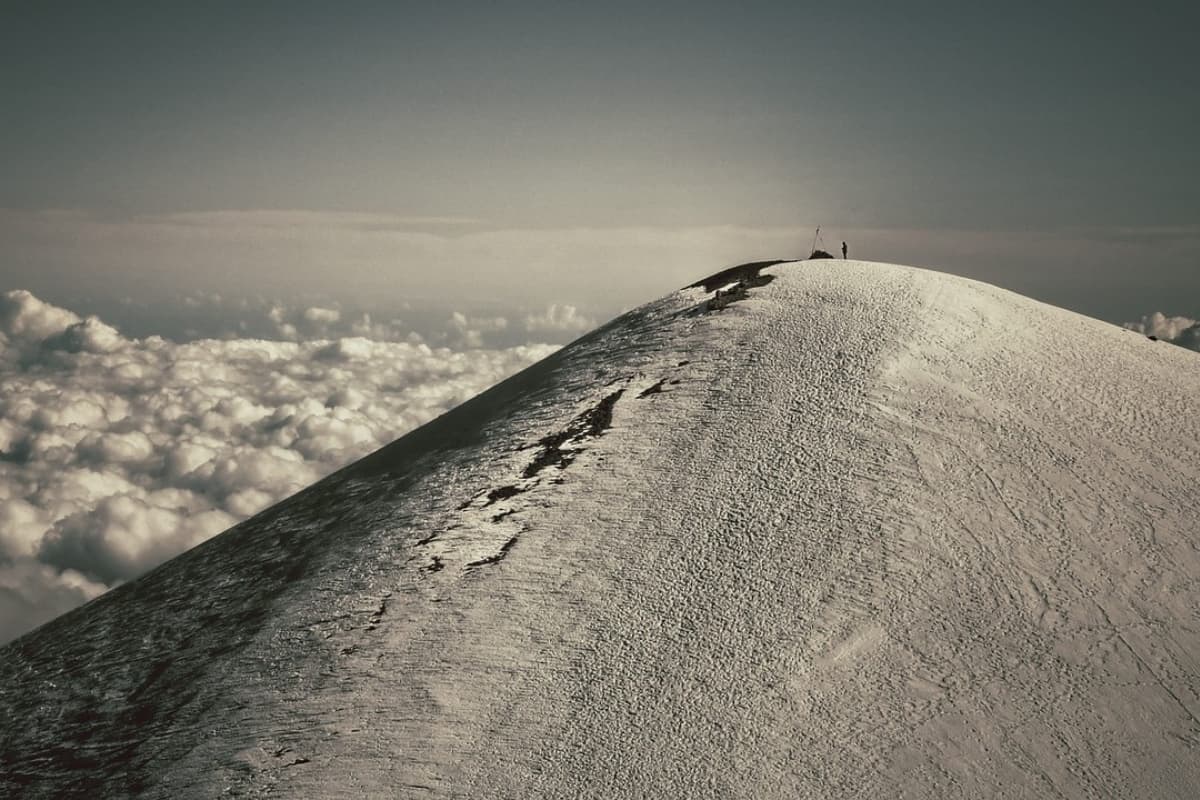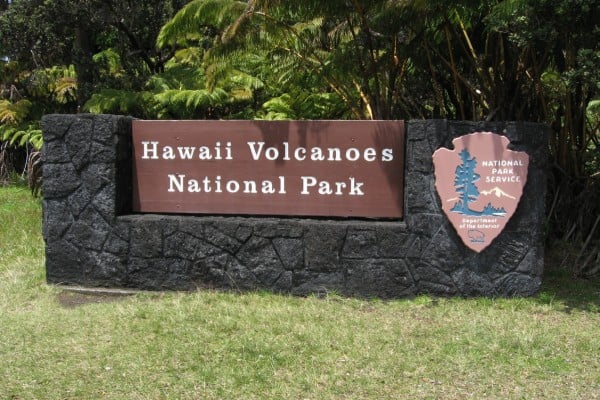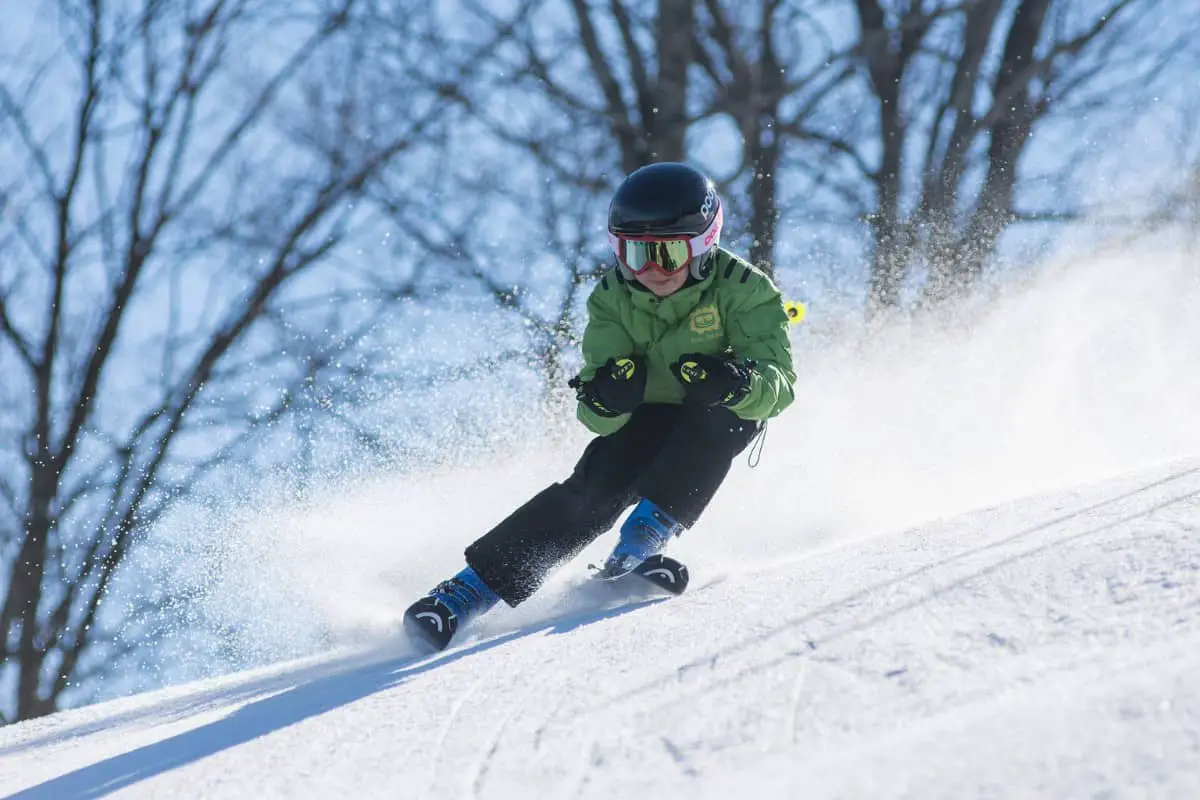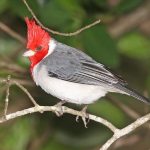When most people think of a Hawaiian holiday, they picture beautiful beaches, swaying palm trees, and clear waters, and the idea of going skiing or snowboarding is hardly considered. However, hidden within the tropical paradise lies a surprising opportunity for winter enthusiasts, causing some people to ask if can you ski in Hawaii.
In this article, we’ll delve into the fascinating world of skiing in the state, looking at the exact areas where it’s possible, the weather you can expect, and the exhilarating experiences that await those prepared to embrace the snowy slopes of this tropical state.
Can you ski in Hawaii?
Yes, skiing in Hawaii is indeed possible. Despite its reputation as a tropical paradise, the Big Island of Hawaii offers the opportunity to ski on the peaks of Mauna Kea. These volcanic mountains reach high altitudes, often receiving snow during the winter months.
Key Takeaways:
- Skiing in the state is only possible on Mauna Kea, which has a dedicated ski area for enthusiasts.
- Unlike other states, Hawaii doesn’t have fancy ski resorts, and doing this activity requires careful planning and preparation.
- January through March are usually the best for skiing in Hawaii.
Do people ski in Hawaii?
Yes, you can ski in Hawaii. Despite its tropical climate and reputation as a paradise for beach and surf activities, this state is a place with diverse geography and climates, and it has some of the world’s most unique and surprising skiing opportunities.
The best place to go for this activity in Hawaii is on the Big Island, specifically on the summits of Mauna Kea, the highest mountain in the ocean. It’s important to remember, though, that skiing in this paradise is very different from doing this activity in more traditional places since conditions can change quickly.
Does it snow in Hawaii?

Contrary to its tropical reputation, Hawaii experiences snowfall on the summits of its highest volcanoes: Mauna Kea and Mauna Loa on the Big Island and Haleakala on Maui. These peaks, which are over 10,000 feet high, get snow from December to February. Snowfall varies from light dustings to larger accumulations, reflecting conditions at typical ski destinations.
However, the Hawaiian snow is highly variable, and the weather can shift quickly. Even though snow is rare and mostly restricted to mountain peaks, it’s a captivating part of Hawaii’s varied natural beauty.
This extraordinary occurrence highlights the state’s diverse appeal, providing a range of sensations from tropical to cold within a short distance. But while making plans for such activities, constantly check the weather because it can change quickly.
Skiing Mauna Kea
At a typical ski resort, a good coating of “fresh powder” is usually ensured, and the ground beneath the snow is grass, vegetation and soil. However these are not the conditions you will find on Mauna Kea. While there is often winter snow, the amount is highly variable and the high winds often experienced at this altitude can really push the snow around. You may find good patches of deep snow that end abruptly. The ground beneath the snow is solid lava rock and cinder, which is rough and abrasive.
Skiiers also report that even the snow itself can have an unusual texture after several days in the sun. The air is thin there too, and many people experience altitude sickness and shortness of breath. Having some experience at high altitude and being is good physical condition is very important if you are attempting to ski on Mauna Kea.
How do I get to the top?
There are no chair lifts, so you’ll need to drive. A 4-wheel drive vehicle will be needed to reach the summit, accessible by the road to the observatory. Skiers have to work together, taking turns being the one to ski down and being the one to drive down and back up to pick up the skier.
Even if the snow looks good, the top may not be accessible. Some days the wind can blow near 100 knots, causing deadly wind chill and closed roads. Timing the weather is tough. You’ll need to wait for the “goldilocks zone” of fresh snow, clear roads, low wind, and get there before a few days of sunshine can melt it. Finding the right local weather forecasts, and being able to take advantage of the right conditions at the drop of a hat, are crucial.
What Hawaiian island has a ski resort?
If you plan to go to Hawaii, you can ski on the Big Island’s Mauna Kea, one of the highest island mountains in the world. However, it’s important to note that the state doesn’t have traditional ski resorts.
Mauna Kea, a dormant volcano, lacks the amenities typically found at a ski resort. There are no ski lifts to take you to and from the summit, no food services on the mountain, and very few public restroom facilities. In addition, these areas have very limited mobile phone communication, and emergency services are more than an hour away, which makes safety a major concern.
High-altitude travel, such as that on Mauna Kea, can be hazardous to one’s health, and any snow-related activities, like skiing or sledding, are done solely at the risk of the individual. Thus, skiing in Hawaii, while possible, needs cautious planning, preparation, and an awareness of the risks that come with it.
Can tourists rent skiing equipment in Hawaii?

You may be able to rent ski equipment, but there is no guarantee. At the time of writing this article, the only licensed outfitter for equipment rental, guide services and transportation is the Mauna Kea Ski Corporation. This is a small outfit so it is best to get in touch with them ahead of time and find out what they can provide and what their recommendations are for the time you are planning your trip.
If you are serious about making this happen it may be best to bring your own equipment. Because the rocky terrain can potentially cause damage to skis and snowboards, you may not want to bring your most expensive items unless you are okay with the wear and tear.
Best season to ski
The ideal time for this activity in Hawaii is often between January through March. This is the time of year when there is a greater possibility of snowfall over the islands, particularly on the Big Island’s Mauna Kea mountains, which are located at higher heights.
During this time, temperatures at mountain tops can dip low enough to make skiing and snowboarding conditions feasible. However, it’s essential to remember that snowfall in Hawaii can be unpredictable, and the amount of snow can vary significantly from year to year. Some years may have more snowfall, while others might get little or no snowfall.
What are the alternatives to skiing in Hawaii?
If skiing isn’t possible or the conditions are unfavorable during your visit to Hawaii, there are several alternative activities you can enjoy:
1. Hiking
Hawaii offers many stunning hiking trails with breathtaking views of its lush landscapes, volcanic features, and coastal scenery. Explore trails such as the Kalalau Trail on Kauai, the Napali Coast State Wilderness Park, or the Diamond Head Summit Trail on Oahu.
2. Surfing

The state is well-known for its world-class surf breaks, making it a great place for beginners and expert surfers. Take a surfboard, get lessons, and surf the waves at popular surf spots such as Waikiki Beach on Oahu.
3. Snorkeling and scuba diving
Explore the fascinating underwater environment that surrounds the Hawaiian islands while snorkeling or scuba diving. Visit areas like Old Airport in Kona or Molokini Wall close to Maui to explore coral reefs, come in contact with colorful marine life, and take in the splendor of Hawaii’s marine ecosystems.
4. Waterfalls and natural pools
Hawaii is home to a large number of magnificent waterfalls and natural swimming spots. Visit locations like Haleakala National Park and Seven Sacred Pools on Maui, or Wailua Falls on Kauai for cool dips and spectacular views.
5. Volcano tours

On a guided tour, visit the Big Island’s Hawaii Volcanoes National Park to discover the state’s distinctive volcanic landscapes. You can witness active volcanic activity, walk through lava tubes, and marvel at the power of nature.
6. Cultural experiences
Take part in a traditional luau, learn to hula dance, or visit important landmarks like the Polynesian Cultural Center or Pearl Harbor on Oahu to fully immerse yourself in Hawaiian culture.
These are just a few examples of the many activities and experiences available in the state beyond skiing. Everyone will find something to enjoy on the islands because of their abundance of natural beauty, cultural legacy, and outdoor activities.
Final Thoughts
In conclusion, you can ski in Hawaii, even though it may not be the first place you think of for skiing. Hawaii’s unique geography and tall volcanic peaks allow you to ski in a tropical paradise. But it won’t be easy to plan or execute. You’ll need a real adventurous spirit, and patience, to wait for the perfect moment to tackle the daunting summit and unpredictable conditions.




